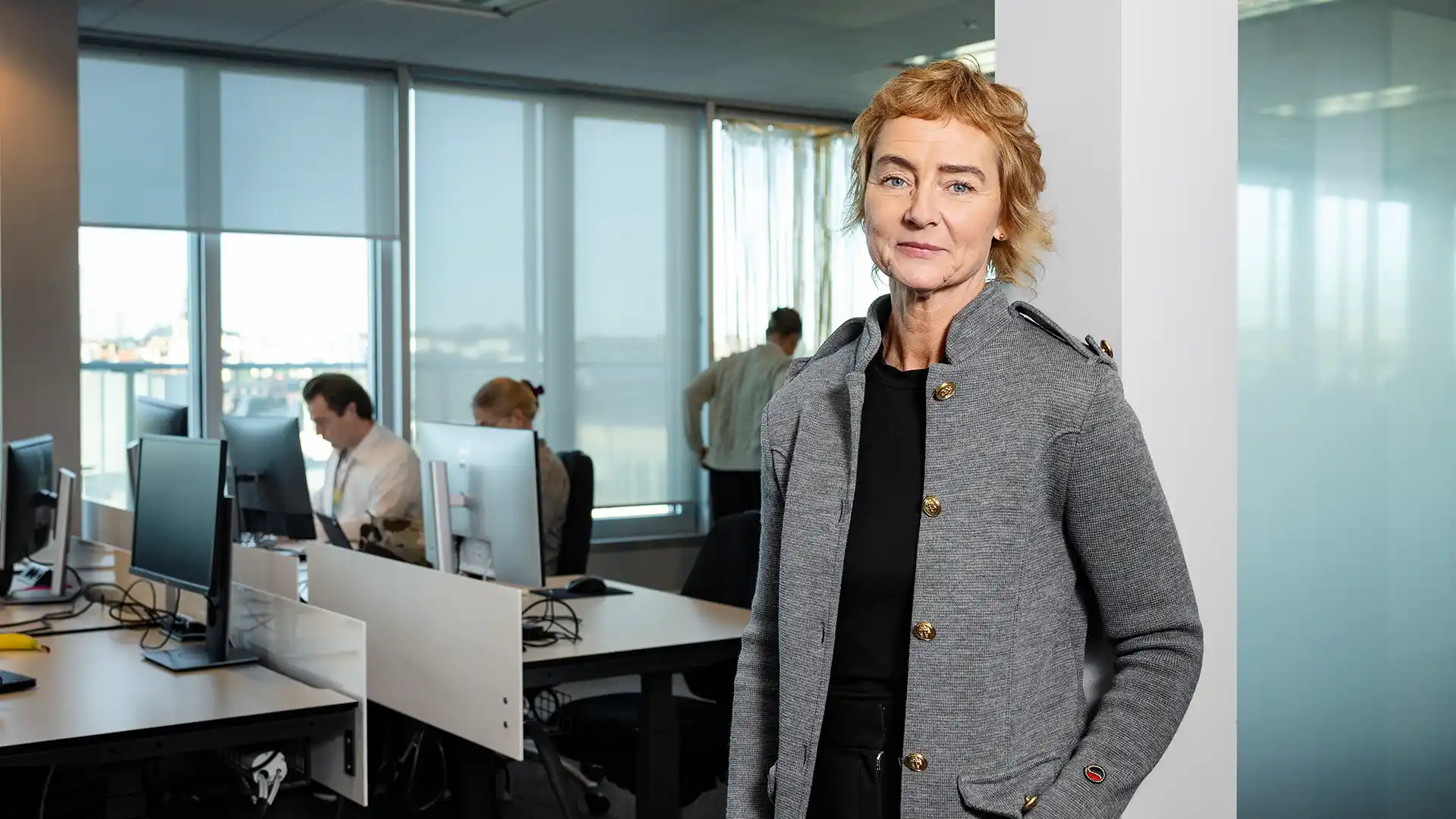Serendipity opens up your mind
This 2024 edition of the Schibsted Future Report is the tenth. Upon reflecting on the past reports, one article stands out as unexpectedly relevant today for editor Ann Axelsson. It celebrates the imagination and creativity that comes from unexpected encounters. In this tenth report we also look back at some of the trends we have looked into during the years – read more here.
By Ann Axelsson

Serendipity opens up your mind
This 2024 edition of the Schibsted Future Report is the tenth. Upon reflecting on the past reports, one article stands out as unexpectedly relevant today for editor Ann Axelsson. It celebrates the imagination and creativity that comes from unexpected encounters.
In this tenth report we also look back at some of the trends we have looked into during the years – read more here.
By Ann Axelsson
Do you recognise the feeling of not knowing where an idea came from? Suddenly it was just there, perhaps because you let your mind wander in unplanned directions. Or sometimes a name you didn’t know you remembered simply pops into your head. Our brains truly work in mysterious ways. Our brain is also the inspiration for the AI technology we have today.
For the past ten years, we have produced the Schibsted Future Report. From the very beginning, AI was an important theme, and over the years, we have dived deep into the technology behind it – as we also do now. But when I started to reflect on all the reports we’ve produced, one article came to mind as being unexpectedly relevant in our discussions about technology and what it means to us as humans and society.
The risks of filter bubbles
It’s a story written for the 2016 report by Professor R. Ravi, who was involved in setting up a digital competence program for Schibsted. The title is “Serendipity – in search of the human algorithm,” and it’s about the risks associated with filter bubbles. But as I now reflect, it’s the very concept of serendipity that has stuck with me – and the benefits of serendipity that often lead to creativity and new ideas. The concept of serendipity comes from a Persian fairy tale about the three princes of Serendip, who were always making unexpected discoveries of things that they weren’t necessarily searching for. Professor Ravi describes the benefits of serendipity in his article like this:
“Letting one’s attention wander is an important precondition for free association and discovery via synthesis of ideas from various unrelated domains. Indeed, bright flashes of creativity are often preceded by such wanderings among seemingly unrelated concepts.”
Perhaps this ability is the biggest differentiator between us humans and AI applications, however advanced they are. And what will happen if we let go of that and lean too much on machines and the existing data from which they learn?
With that in mind, it’s no coincidence that the illustrations that accompany the AI articles in this report are not made with the help of AI. They are made by a human hand. Our photo editor Emma- Sofia has printed and cut out photos to create paper figures, put them on sticks, and placed them on a scene made of cardboard. An idea we came up with after a visit to the Museum of Technology in Stockholm. AI has and will continue to make wonders, no doubt. Not least in the media industry. But I believe that it’s important to also remember that human creativity is unique.
AI is like electricity
Over the years we have put different names on the new realities we’ve foreseen.
We have spoken of the synthetic decade, of the Internet of Things, and of the Metaverse. But perhaps the description given in the 2018 report by Azeem Azaar, Schibsted’s VP of Venture & Foresight in Schibsted2016-2017, is the very best. He described AI as electricity, an infrastructure that will power all parts of our daily lives, without us even noticing.
Speaking of serendipity, we have through the years also tried to capture trends that are not only technology-driven but have also caught people’s interest. Like biking into the future, or what a truly sustainable society looks like, or Formula 1. In this tenth edition, we look back on some of the trends we have written about to see if we were right – or wrong. Open this fold-out to find out.
As an editor looking back, there is one obvious reflection about the report itself and about Schibsted. Today, Schibsted is reaching out to people more often as one company in itself. Millions of end-users meet us every day through Schibsted’s login service Schibsted Account. And in the last few years, this report has become an important tool to spread the story of who we are and what we do.
Ten years is a long time, not least when considering the speed of change in technology, society and business. But from other perspectives, it’s not long at all. This year we have asked all contributors to pick their favourite song from the last decade. I was certain which song I wanted to pick – until I realised that that song was about 20 years old.
I hope you enjoy all the songs on our Schibsted Spotify playlist, individually selected by several creative and unique human beings.
[Sassy_Social_Share]
Facts
10 issues of Schibsted Future Report have been published.
174 people have contributed with text to the reports.
50,000 is the approximate number of reports distributed.

Ann Axelsson
Senior Product Manager, Strategic Communication, Schibsted
Years in Schibsted: 25
My favourite song the last decade: Paper Doll – John Mayer